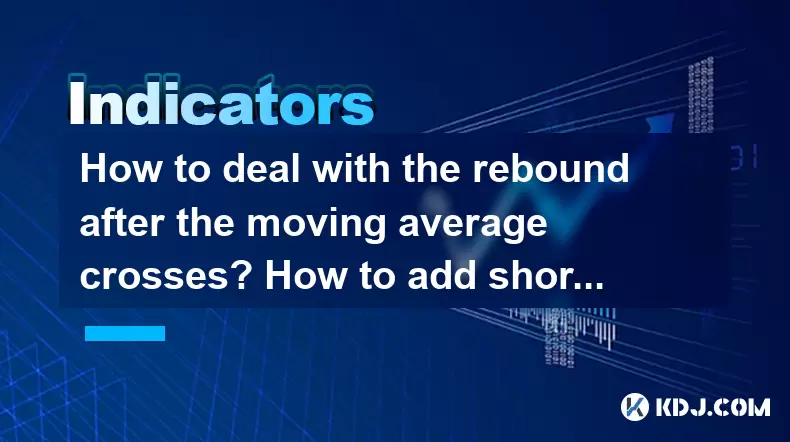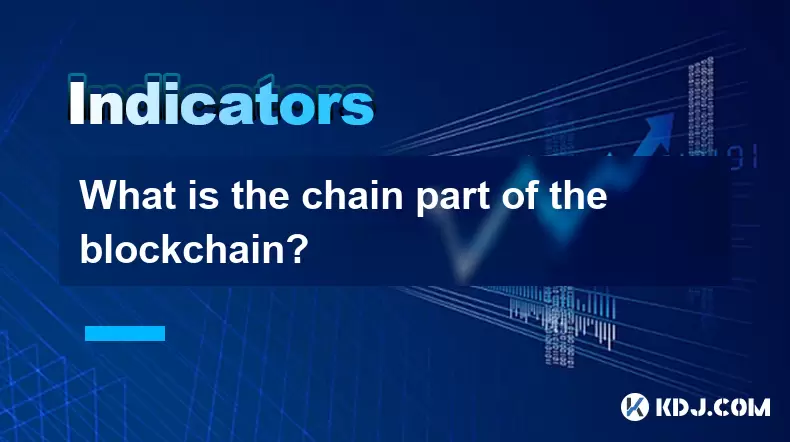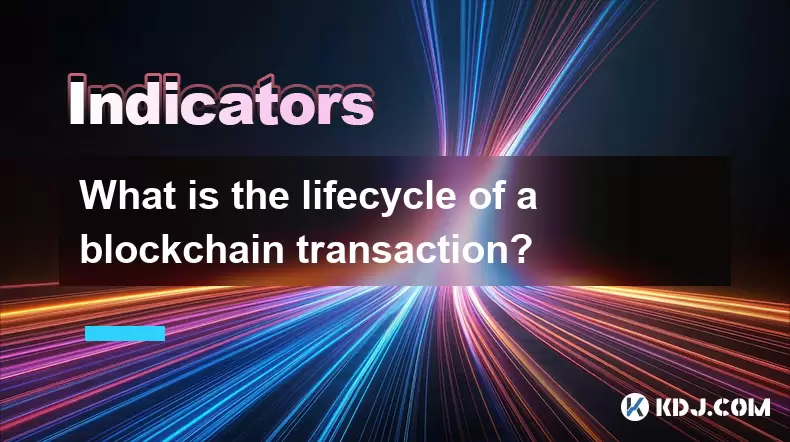-
 Bitcoin
Bitcoin $114400
1.32% -
 Ethereum
Ethereum $3499
2.20% -
 XRP
XRP $2.922
4.26% -
 Tether USDt
Tether USDt $0.0000
0.03% -
 BNB
BNB $752.6
1.53% -
 Solana
Solana $161.8
1.64% -
 USDC
USDC $0.9999
0.01% -
 TRON
TRON $0.3267
1.32% -
 Dogecoin
Dogecoin $0.1991
3.02% -
 Cardano
Cardano $0.7251
3.29% -
 Hyperliquid
Hyperliquid $38.32
3.36% -
 Stellar
Stellar $0.3972
7.58% -
 Sui
Sui $3.437
2.74% -
 Chainlink
Chainlink $16.29
3.65% -
 Bitcoin Cash
Bitcoin Cash $545.3
3.70% -
 Hedera
Hedera $0.2482
7.49% -
 Ethena USDe
Ethena USDe $1.001
0.03% -
 Avalanche
Avalanche $21.40
2.02% -
 Toncoin
Toncoin $3.579
1.56% -
 Litecoin
Litecoin $109.3
2.20% -
 UNUS SED LEO
UNUS SED LEO $8.951
-0.18% -
 Shiba Inu
Shiba Inu $0.00001220
2.75% -
 Polkadot
Polkadot $3.613
2.99% -
 Uniswap
Uniswap $9.173
3.78% -
 Monero
Monero $302.6
2.62% -
 Dai
Dai $0.0000
0.00% -
 Bitget Token
Bitget Token $4.320
1.52% -
 Pepe
Pepe $0.00001048
3.40% -
 Cronos
Cronos $0.1314
4.33% -
 Aave
Aave $259.4
3.54%
How to deal with the rebound after the moving average crosses? How to add shorts to the second dead cross?
After a golden cross, monitor rebounds and add to long positions if the trend confirms; for a second dead cross, confirm and add shorts with a stop-loss to manage risk.
Jun 06, 2025 at 02:00 am

In the world of cryptocurrency trading, understanding how to manage your positions, especially after specific technical indicators like moving average crossovers, is crucial for maximizing profits and minimizing losses. This article will delve into the strategies for handling rebounds after a moving average crossover and how to add shorts following a second dead cross.
Understanding Moving Average Crossovers
Moving average crossovers are popular technical indicators used by traders to gauge the momentum and potential direction of a cryptocurrency's price. A golden cross occurs when a shorter-term moving average crosses above a longer-term moving average, often signaling a bullish trend. Conversely, a dead cross happens when a shorter-term moving average crosses below a longer-term moving average, indicating a bearish trend.
For instance, a common setup involves the 50-day moving average (short-term) and the 200-day moving average (long-term). When the 50-day moving average crosses above the 200-day moving average, it's a golden cross, suggesting potential buying opportunities. When the 50-day moving average crosses below the 200-day moving average, it's a dead cross, signaling potential selling or shorting opportunities.
Dealing with Rebounds After a Moving Average Crossover
After a moving average crossover, particularly a golden cross, the price might experience a rebound. This rebound can be an opportunity to reassess your position and potentially add to your long positions. Here are steps to manage such rebounds effectively:
Monitor the Price Action: After a golden cross, watch the price closely. If the price rebounds and continues to trend upwards, it might confirm the bullish signal.
Set Stop-Loss Orders: To protect your profits, set stop-loss orders just below key support levels. This will help you limit losses if the price unexpectedly reverses.
Add to Your Position: If the rebound confirms the bullish trend, consider adding to your long positions. You might do this by buying more of the cryptocurrency at the new higher levels.
Use Technical Indicators: Besides moving averages, use other indicators like the Relative Strength Index (RSI) or the Moving Average Convergence Divergence (MACD) to confirm the strength of the trend.
Adding Shorts to the Second Dead Cross
A second dead cross can occur after an initial dead cross and a subsequent rebound. This second occurrence can be a stronger signal for bearish momentum. Here’s how to approach adding shorts after the second dead cross:
Confirm the Second Dead Cross: Ensure that the second dead cross is valid by checking that the shorter-term moving average has indeed crossed below the longer-term moving average.
Analyze Volume: High trading volume during the second dead cross can indicate stronger bearish momentum, increasing the likelihood of a successful short position.
Enter Your Short Position: Once the second dead cross is confirmed, you can enter a short position. This can be done by borrowing and selling the cryptocurrency, expecting to buy it back at a lower price.
Set a Stop-Loss: To manage risk, set a stop-loss order above a key resistance level. This will limit potential losses if the price unexpectedly rebounds.
Monitor the Price: Keep an eye on the price action. If the price continues to decline, you might consider adding to your short position to increase potential profits.
Managing Risk and Position Sizing
Effective risk management is crucial when dealing with moving average crossovers and adding positions. Here are some tips for managing risk:
Position Sizing: Determine the size of your positions based on your risk tolerance and the overall size of your portfolio. Never risk more than you can afford to lose.
Diversification: Avoid putting all your funds into one cryptocurrency. Diversify your investments across different assets to spread risk.
Continuous Monitoring: Always monitor your positions and be ready to adjust your strategy based on market conditions. The cryptocurrency market can be highly volatile, and staying vigilant is key.
Using Additional Technical Indicators
While moving averages are powerful tools, combining them with other technical indicators can provide a more comprehensive view of the market. Here are some additional indicators to consider:
Relative Strength Index (RSI): The RSI can help identify overbought or oversold conditions. An RSI above 70 might indicate an overbought market, while an RSI below 30 might suggest an oversold market.
Moving Average Convergence Divergence (MACD): The MACD can confirm the strength of a trend. A bullish crossover on the MACD can confirm a golden cross, while a bearish crossover can confirm a dead cross.
Bollinger Bands: Bollinger Bands can help identify volatility and potential price breakouts. If the price moves outside the upper or lower bands, it might indicate a strong trend.
Practical Example of Adding Shorts After a Second Dead Cross
Let’s walk through a hypothetical scenario to illustrate how to add shorts after a second dead cross:
Initial Dead Cross: Suppose Bitcoin (BTC) experiences a dead cross when the 50-day moving average crosses below the 200-day moving average. You enter a short position at $40,000.
Rebound: After the initial dead cross, BTC rebounds to $42,000. You hold your short position and monitor the price action.
Second Dead Cross: BTC then experiences a second dead cross when the 50-day moving average again crosses below the 200-day moving average. The price is now at $39,000.
Adding to the Short Position: You confirm the second dead cross and decide to add to your short position. You short an additional amount of BTC at $39,000.
Setting Stop-Loss: You set a stop-loss at $41,000 to manage your risk.
Monitoring and Adjusting: You continue to monitor the price. If BTC continues to decline, you might consider adding more to your short position. If it rebounds and hits your stop-loss, your position will be closed to limit losses.
Frequently Asked Questions
Q: How can I identify a valid moving average crossover?
A: To identify a valid moving average crossover, ensure that the shorter-term moving average (e.g., 50-day) has clearly crossed above or below the longer-term moving average (e.g., 200-day). Also, look for confirmation from other technical indicators like volume, RSI, or MACD to increase the reliability of the signal.
Q: What are the risks of adding to a position after a moving average crossover?
A: Adding to a position after a moving average crossover can amplify both potential gains and losses. The main risks include increased exposure to market volatility, the possibility of a false signal leading to losses, and the need for more capital to manage the position. Always use stop-loss orders and manage your risk carefully.
Q: How often should I check my positions after adding to them based on moving average crossovers?
A: It’s important to monitor your positions regularly, especially in the volatile cryptocurrency market. Checking your positions at least once a day is advisable, but during periods of high volatility, more frequent checks might be necessary to adjust your strategy and manage risk effectively.
Q: Can I use moving average crossovers for long-term investments?
A: While moving average crossovers are often used for short to medium-term trading, they can also be applied to long-term investments. For long-term strategies, consider using longer-term moving averages (e.g., 200-day and 500-day) to identify trends that might last for several months or years. Always combine these with fundamental analysis for a more robust investment strategy.
Disclaimer:info@kdj.com
The information provided is not trading advice. kdj.com does not assume any responsibility for any investments made based on the information provided in this article. Cryptocurrencies are highly volatile and it is highly recommended that you invest with caution after thorough research!
If you believe that the content used on this website infringes your copyright, please contact us immediately (info@kdj.com) and we will delete it promptly.
- Cryptocurrency, Altcoins, and Profit Potential: Navigating the Wild West
- 2025-08-04 14:50:11
- Blue Gold & Crypto: Investing Disruption in Precious Metals
- 2025-08-04 14:30:11
- Japan, Metaplanet, and Bitcoin Acquisition: A New Era of Corporate Treasury?
- 2025-08-04 14:30:11
- Coinbase's Buy Rating & Bitcoin's Bold Future: A Canaccord Genuity Perspective
- 2025-08-04 14:50:11
- Coinbase's Buy Rating Maintained by Rosenblatt Securities: A Deep Dive
- 2025-08-04 14:55:11
- Cryptos, Strategic Choices, High Returns: Navigating the Meme Coin Mania
- 2025-08-04 14:55:11
Related knowledge

What is a light client in blockchain?
Aug 03,2025 at 10:21am
Understanding the Role of a Light Client in Blockchain NetworksA light client in blockchain refers to a type of node that interacts with the blockchai...

Is it possible to alter or remove data from a blockchain?
Aug 02,2025 at 03:42pm
Understanding the Immutable Nature of BlockchainBlockchain technology is fundamentally designed to ensure data integrity and transparency through its ...

How do I use a blockchain explorer to view transactions?
Aug 02,2025 at 10:01pm
Understanding What a Blockchain Explorer IsA blockchain explorer is a web-based tool that allows users to view all transactions recorded on a blockcha...

What determines the block time of a blockchain?
Aug 03,2025 at 07:01pm
Understanding Block Time in Blockchain NetworksBlock time refers to the average duration it takes for a new block to be added to a blockchain. This in...

What is the chain part of the blockchain?
Aug 02,2025 at 09:29pm
Understanding the Concept of 'Chain' in BlockchainThe term 'chain' in blockchain refers to the sequential and immutable linkage of data blocks that fo...

What is the lifecycle of a blockchain transaction?
Aug 01,2025 at 07:56pm
Initiation of a Blockchain TransactionA blockchain transaction begins when a user decides to transfer digital assets from one wallet to another. This ...

What is a light client in blockchain?
Aug 03,2025 at 10:21am
Understanding the Role of a Light Client in Blockchain NetworksA light client in blockchain refers to a type of node that interacts with the blockchai...

Is it possible to alter or remove data from a blockchain?
Aug 02,2025 at 03:42pm
Understanding the Immutable Nature of BlockchainBlockchain technology is fundamentally designed to ensure data integrity and transparency through its ...

How do I use a blockchain explorer to view transactions?
Aug 02,2025 at 10:01pm
Understanding What a Blockchain Explorer IsA blockchain explorer is a web-based tool that allows users to view all transactions recorded on a blockcha...

What determines the block time of a blockchain?
Aug 03,2025 at 07:01pm
Understanding Block Time in Blockchain NetworksBlock time refers to the average duration it takes for a new block to be added to a blockchain. This in...

What is the chain part of the blockchain?
Aug 02,2025 at 09:29pm
Understanding the Concept of 'Chain' in BlockchainThe term 'chain' in blockchain refers to the sequential and immutable linkage of data blocks that fo...

What is the lifecycle of a blockchain transaction?
Aug 01,2025 at 07:56pm
Initiation of a Blockchain TransactionA blockchain transaction begins when a user decides to transfer digital assets from one wallet to another. This ...
See all articles

























































































